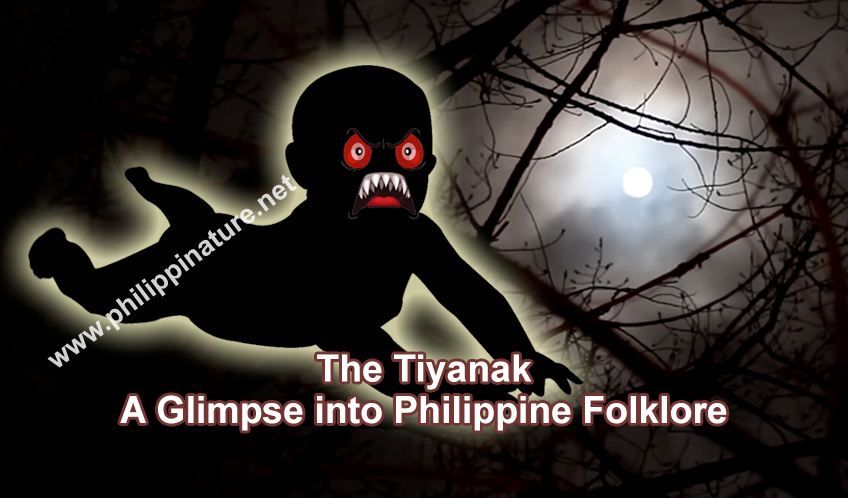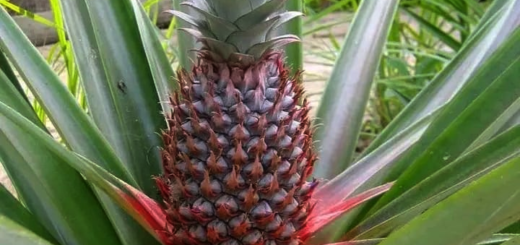The Tiyanak – A Glimpse into Philippine Folklore

The Tiyanak, also known as “Tianak” or “Chanak” is a fascinating figure in Philippine folklore, often depicted as a vampiric creature resembling an infant or a young child. According to local legends, Tiyanaks are believed to be the spirits of unborn or abandoned babies who, due to tragic circumstances, become malevolent entities. They often lure unsuspecting individuals with their cries, mimicking the sounds of a distressed infant, only to reveal their true, monstrous nature when approached.
The Tiyanak serves as a poignant symbol of loss and abandonment in Filipino culture. Stories of the Tiyanak reflect societal views on motherhood, the sanctity of life, and the consequences of neglect. It highlights the belief in the spiritual world, where unresolved issues manifest into supernatural beings. In a broader sense, the Tiyanak is part of the rich tapestry of Philippine mythology, encompassing themes of morality, the supernatural, and the consequences of one’s actions.
Additionally, the Tiyanak’s character has evolved over time. While traditionally viewed as a vengeful spirit, modern interpretations sometimes present it in a more sympathetic light, exploring the tragedy of its existence. This duality allows for various interpretations in literature, film, and art, making the Tiyanak a versatile figure in contemporary culture.
Tales of the Tiyanak
The Luring Cry: One of the most common tales involves a traveler in a remote area hearing the soft cries of a baby. Drawn to the sound, the traveler approaches, only to find a small child who suddenly transforms into a monstrous creature, revealing its true nature as a Tiyanak. This story serves as a cautionary tale about the dangers of curiosity and the importance of heeding warnings.
The Abandoned Child – In another tale, a mother abandons her baby in the forest due to poverty or societal pressures. The baby’s spirit turns into a Tiyanak, haunting the area where it was left. Locals say that the Tiyanak seeks revenge on those who disregard or mistreat children, turning it into a lesson about compassion and responsibility.
The Spirit of Vengeance – Some versions of the Tiyanak’s story involve it haunting families who have experienced loss or tragedy. The creature may appear to remind them of their grief, serving as a reminder of the pain caused by neglect or abandonment. In these tales, the Tiyanak acts as both a warning and a manifestation of unresolved emotional turmoil.
Modern Interpretations – Contemporary narratives often reimagine the Tiyanak in different contexts, such as horror films or literature, blending traditional elements with modern themes. This has led to a resurgence of interest in folklore and a deeper exploration of the Tiyanak’s character, often exploring themes of identity, belonging, and the impacts of societal neglect.
The Tiyanak is more than just a creature of fear; it embodies complex themes of loss, abandonment, and the haunting consequences of our choices. As a significant figure in Philippine folklore, the Tiyanak continues to inspire stories that resonate with audiences, reminding us of the importance of compassion and the deep connections between our actions and their repercussions. Whether viewed as a terrifying monster or a tragic figure, the Tiyanak remains a compelling part of the cultural narrative in the Philippines, bridging the past and present through its haunting tales.










